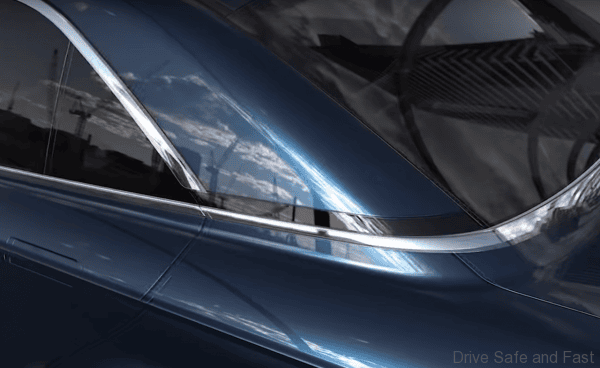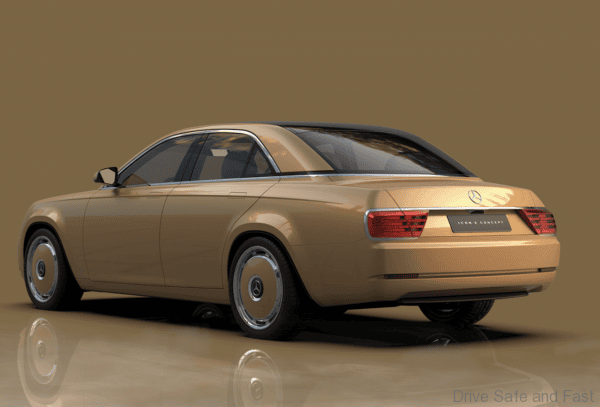Mercedes-Benz has introduced quite a few iconic looking cars in the last century. This 3D rendering artist has come up with a reimagining of one of their most common classics, the W115.

The Icon E Concept
Retains the classic proportions and sombre styling of the original W115, but features sleeker bodywork and modern touches.

You’ll see a lot of the original W115 on this Icon E concept. The chrome strip that runs along the D-pillar to the side window frames.

The vertically aligned headlights and horizontally aligned taillights. It’s all familiar and yet sleek enough for modern sensibilities.

Besides the sleeked bodywork and styling, you also get low profile tyres with large rims (a must on modern premium cars) and pop-out door handles (spotted on the next generation S-Class).

The interior follows the company’s design language. The dashboard is covered in perforated leather and a floating display housing holds both the digital instrument cluster and the infotainment unit.

The creator of the Icon E Concept, a David Obendorfer, calls it a tribute to the original W115’s designers, Paul Bracq and Bruno Sacco. He even says that he based it on the current E-Class, the W213. Maybe Mercedes-Benz ought to look into making this happen, at least in concept form!

Obendorfer has also created similar retro-modern 3D renderings for models by Fiat, BMW and more.
More on the W115
The W115 began life in the late 1960s and was the first Mercedes-Benz to use an all-new chassis since the end of the 2nd World War. They are roughly the equivalent of the modern day ‘E-Class’, though at the time Mercedes-Benz did not really refer to their vehicles in the same way they do today.
The W115 replaced the W110 Fintails, which you rarely see in Malaysia. It was in turn replaced by the W123 – which you still see running around today.

The proven W 115 series, popularly known as the Stroke Eight, was now available with a three-liter engine which developed 80 hp (59 kW) at 4000/min and a torque of 17.5 mkg at 2400/min. The 240 D 3.0 was thus the most dynamic and fastest diesel-engined car in the world. Between October 1974 and November 1976, a total of 53,690 units were built, and many arrived in Malaysia.
Today many of these classic boxy sedans are rotting in small towns and junkyards, however there are equal amounts still running very well and there is a growing interest amongst new owners to restore this car to its former glory as parts are still available in Malaysia and also across the border in Thailand.